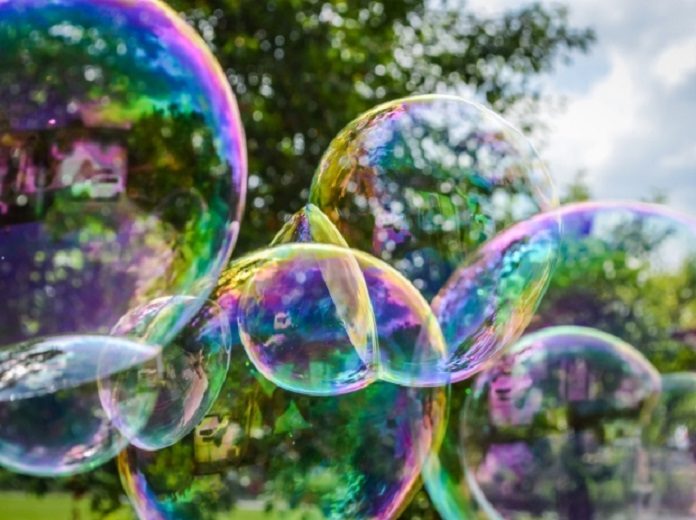Bubble Activities are just the best, aren’t they? They’re simple, inexpensive, and they never fail to fascinate and entertain.
But there is a real science behind blowing on a soap and making a bubble.
In a new study by the NYU‘s Applied Math Lab, scientists have discovered two ways in which bubbles can be made: one, by pushing with a steady but strong wind on a soap film through a circular wand, which causes it to grow into a bubble, and two, by pushing with a gentle wind on an already-inflated film in order to drive its further growth.
The second methodology explains how we regularly blow bubbles as children: a speedy puff curves the film outward and from that point the film continues becoming even as the stream of air slows.
On the other hand, the first method is more intuitive. This method was usually used by bubble blowers.
Blowing bubbles is a question of how a liquid film–typically soapy water–interacts with an imposed flow of an external fluid, which is air in the case of bubble blowing. This dynamic is crucial in understanding how to enhance industrial production of many chemical products.
To separate the science that clarifies this procedure – i.e., what occasions go before the development of air bubbles – the analysts made an examination, recreating the blowing of air bubbles, utilizing oil films suspended in streaming water and pushed through a wire loop wand.
Leif Ristroph, an assistant professor at NYU’s Courant Institute of Mathematical Sciences said, “Working with water instead of air has many advantages in terms of controlling, measuring, and seeing flows. This is the trick that made these experiments possible.”
“Combining experimental observations with predictions drawn from mathematical models allowed us to understand the forces that produced the resulting film shapes.”
The findings give a precise recipe or set of instructions for how to blow bubbles–and with it, related production processes.
Ristroph said, “We can now say exactly what wind speed is needed to push out the film and cause it to form a bubble, and how this speed depends on parameters like the size of the wand.”
The results are reported in the journal Physical Review Letters.
